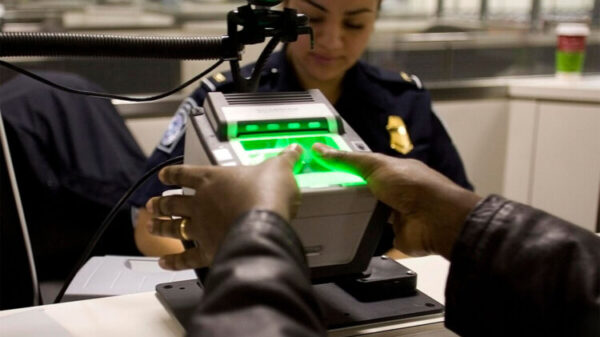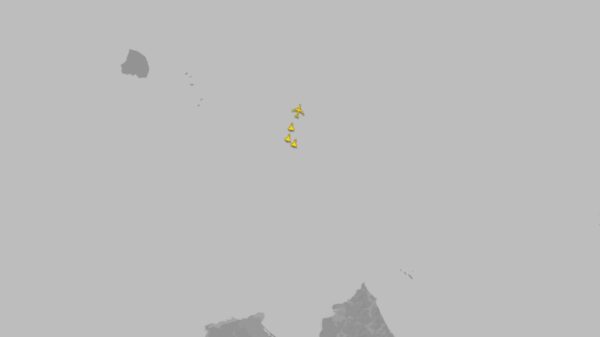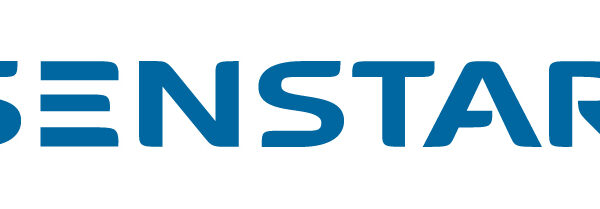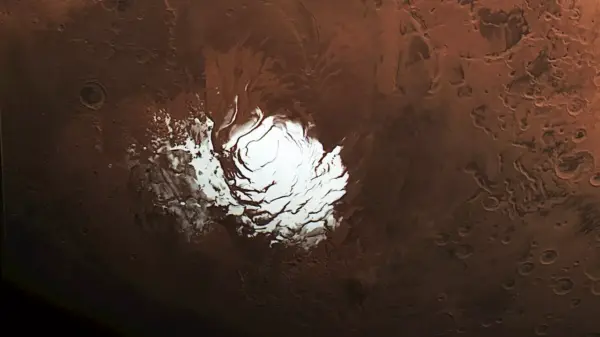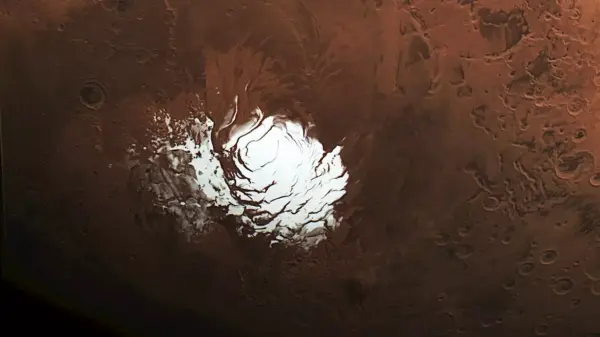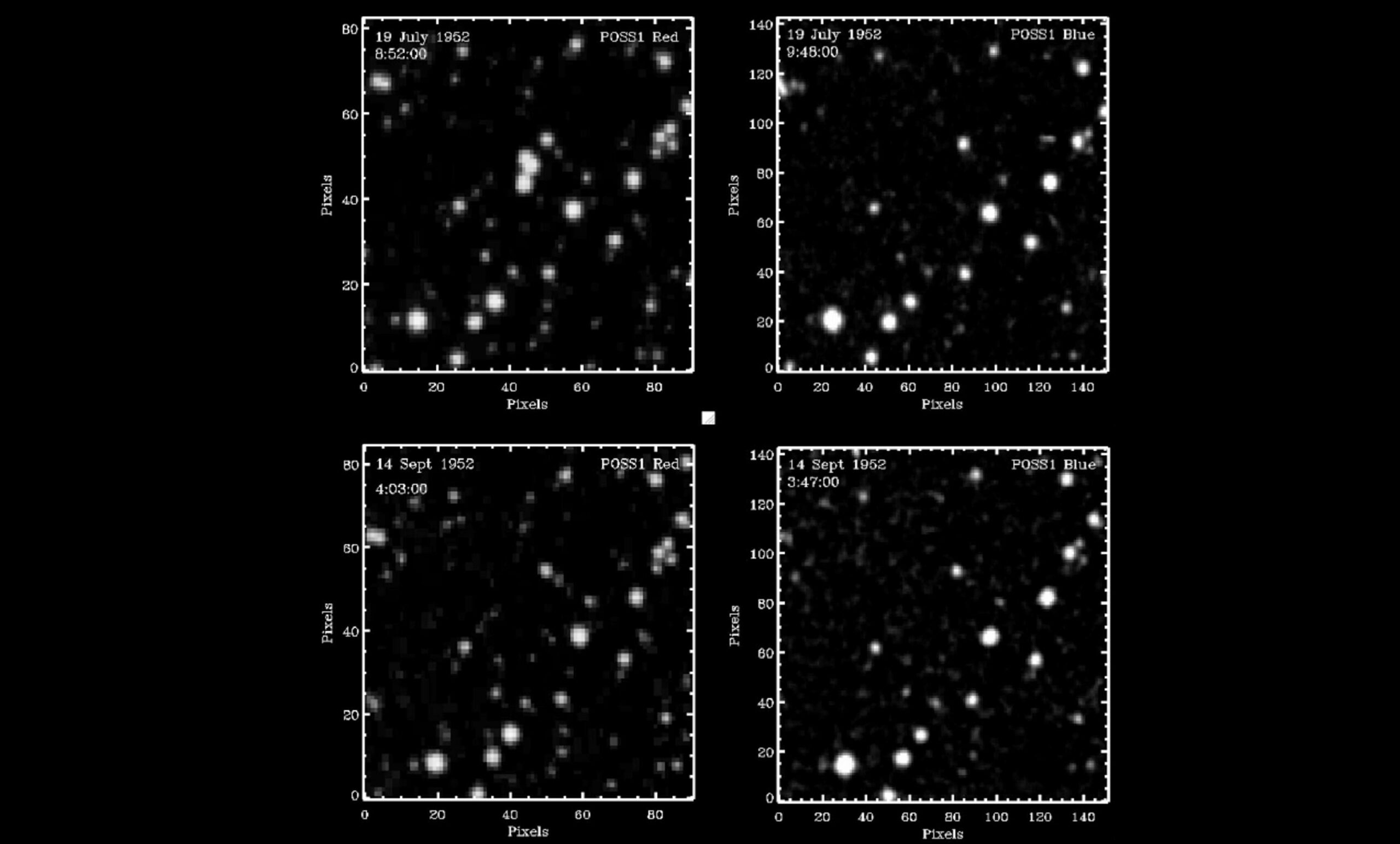Researchers from the Vanishing and Appearing Sources during a Century of Observations project (VASCO) have unearthed intriguing evidence of mysterious transient lights in the night sky, dated from 1949 to 1957, a period before the launch of the first human-made satellite, the USSR’s Sputnik. This study, published in the journal Scientific Reports, has sparked discussions about the potential connections between these phenomena and nuclear weapons testing that intensified following World War II.
The VASCO project is dedicated to examining decades of astronomical photographs to identify unusual celestial targets. The team’s latest findings reveal “star-like objects of unknown origin” captured by the Palomar Observatory in San Diego. These transient phenomena lasted less than 50 minutes, a duration equivalent to the time it took to capture a single image, and could not be explained by conventional astronomical events such as asteroid activity or equipment malfunctions.
Correlation with Nuclear Tests
One of the most compelling aspects of the VASCO study is the observed correlation between the appearance of these transient lights and the frequency of nuclear weapons tests. The researchers determined that these mysterious objects were observed 45 percent more frequently within a day of an atomic test. This statistic raises questions about the nature of these lights and their potential relation to human activities during a time of heightened geopolitical tension.
Additionally, the team identified a “small but statistically significant” connection between the sightings of these transient lights and reports of unidentified anomalous phenomena (UAPs). For every reported UAP sighting, the likelihood of transient activity increased by 8.5 percent. In their paper, the VASCO team asserts that their findings “provide additional empirical support for the validity of the UAP phenomenon and its potential connection to nuclear weapons activity.”
Alternative Explanations and Controversy
While the results are captivating, they have not gone without skepticism. Experts highlight several plausible explanations for the observed lights, such as radiation effects in the upper atmosphere due to nuclear testing, high-altitude balloons used for monitoring detonations, or even cosmological phenomena like gamma-ray bursts that may have been detected by the equipment of that era.
The research has attracted attention in both academic and popular circles, particularly among those who theorize about extraterrestrial observation of human activities, especially concerning nuclear armament. Yet, as noted by Scientific American, the paper’s acceptance into a peer-reviewed journal was met with resistance; arXiv.org, a pre-print repository, declined to host the study, indicating that its findings may be contentious within the scientific community.
As scientists continue to explore the mysteries of the night sky, the VASCO study serves as a reminder of the complexities surrounding our understanding of both celestial phenomena and the historical impact of human actions. The implications of these findings extend beyond mere curiosity, as they invite reflection on humanity’s ongoing relationship with technology and the cosmos.











